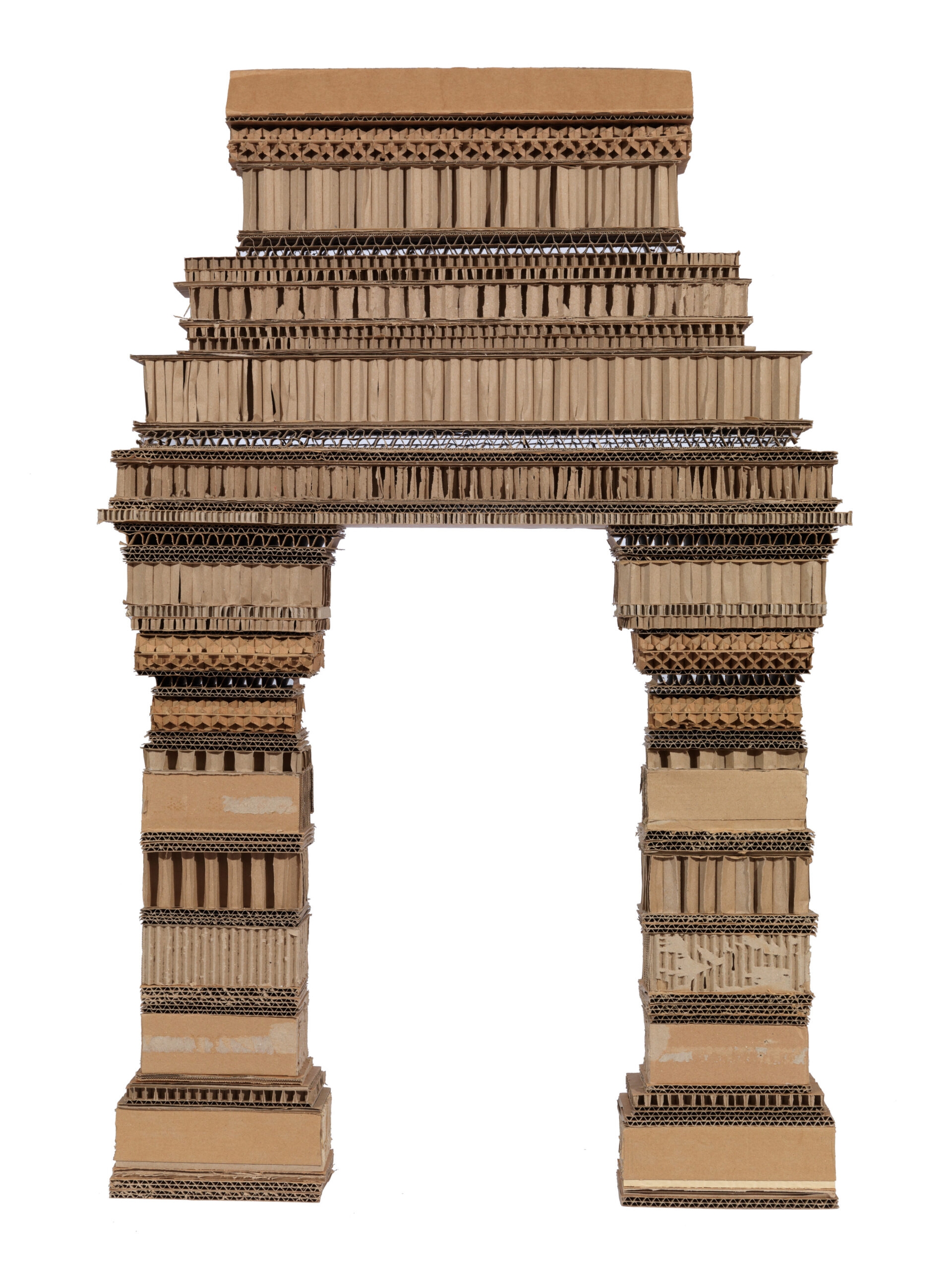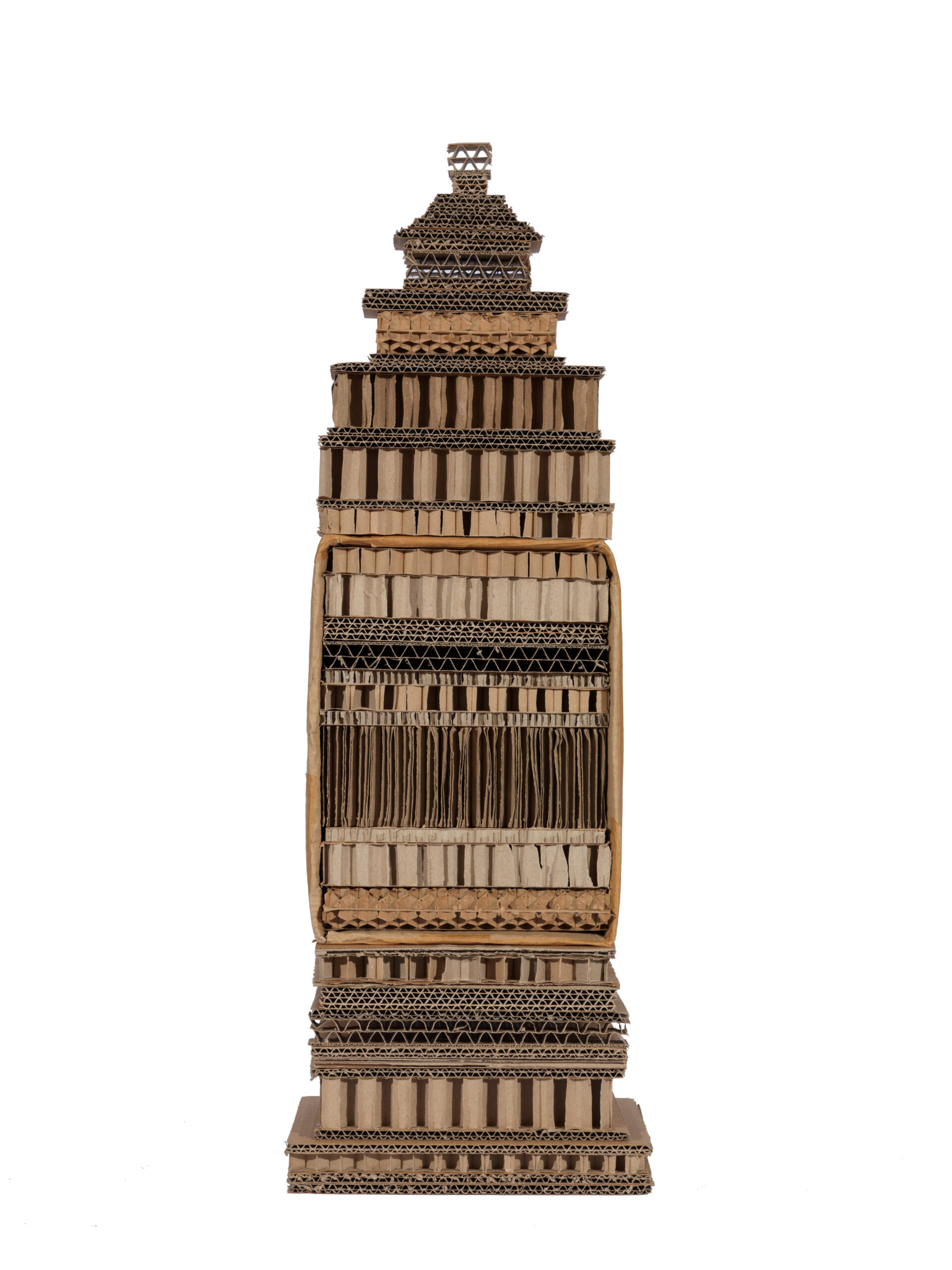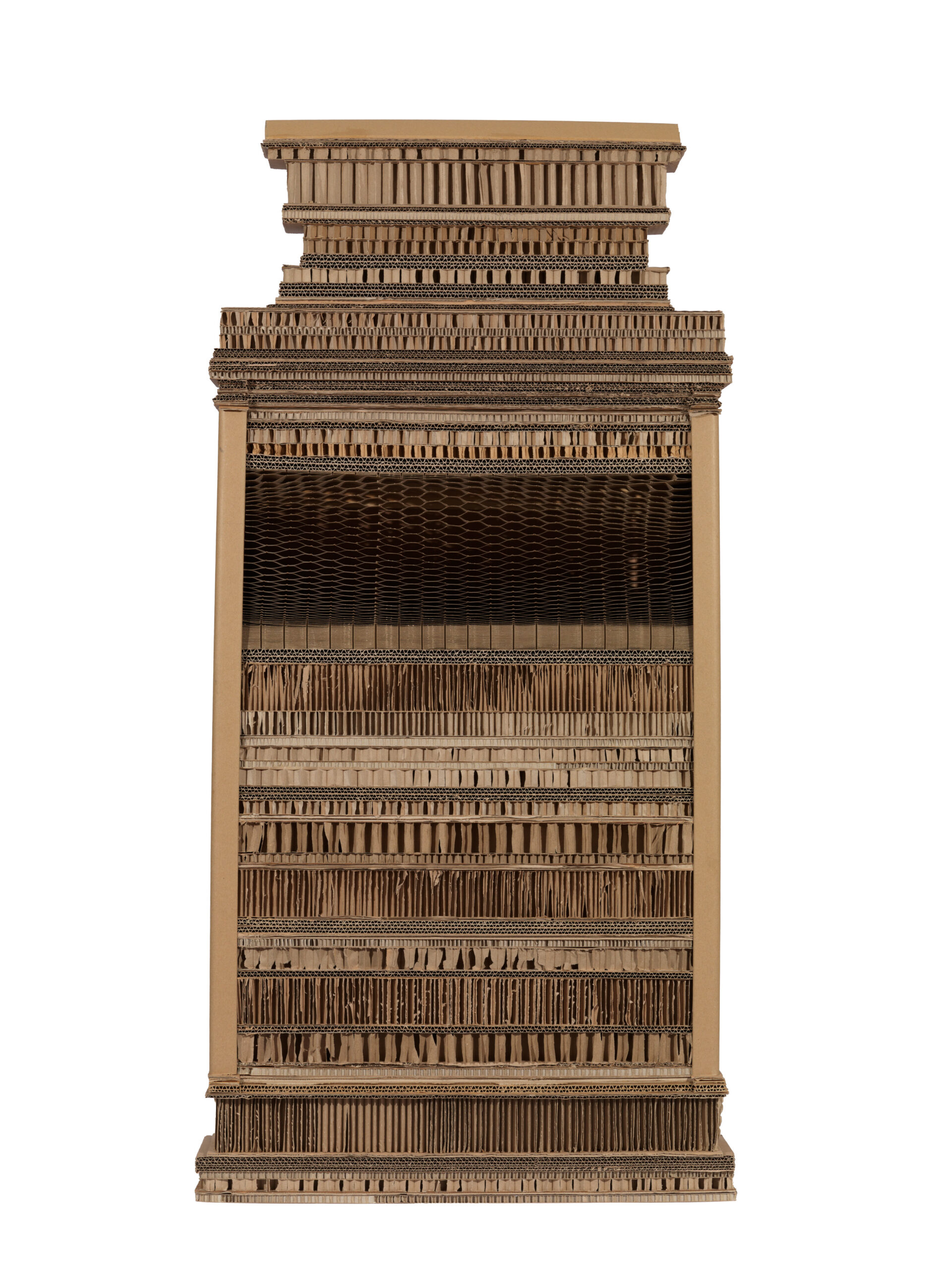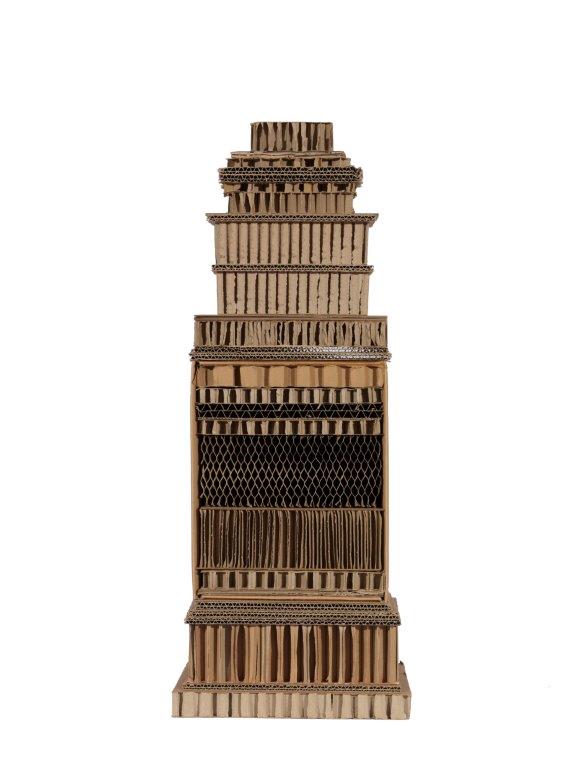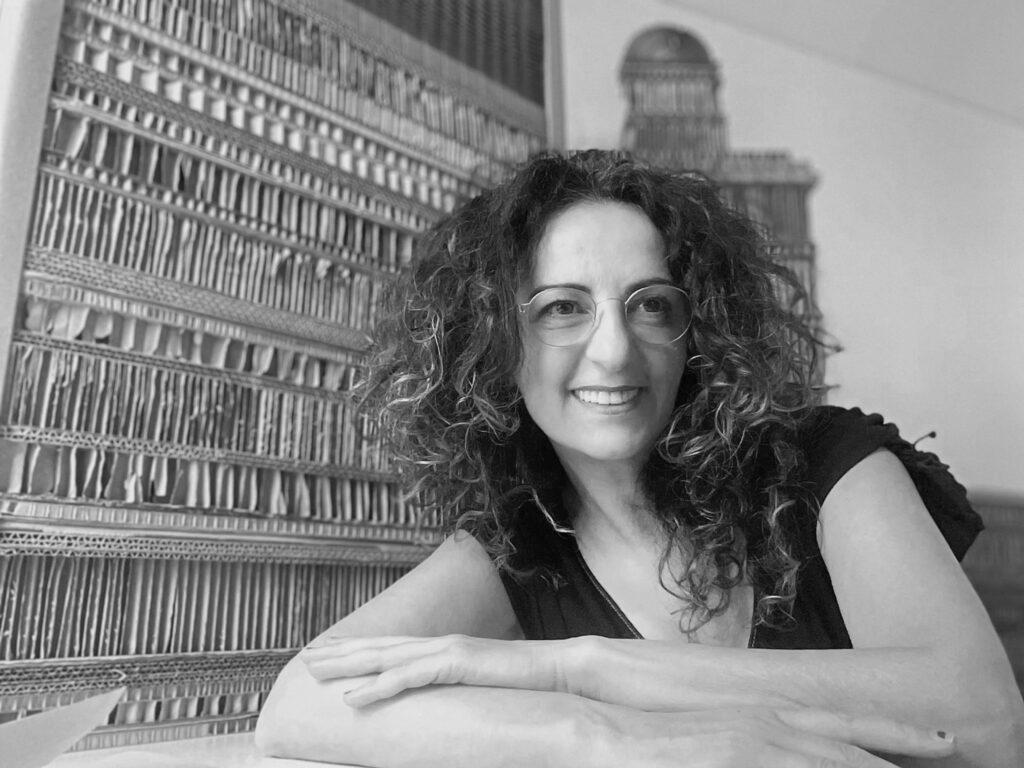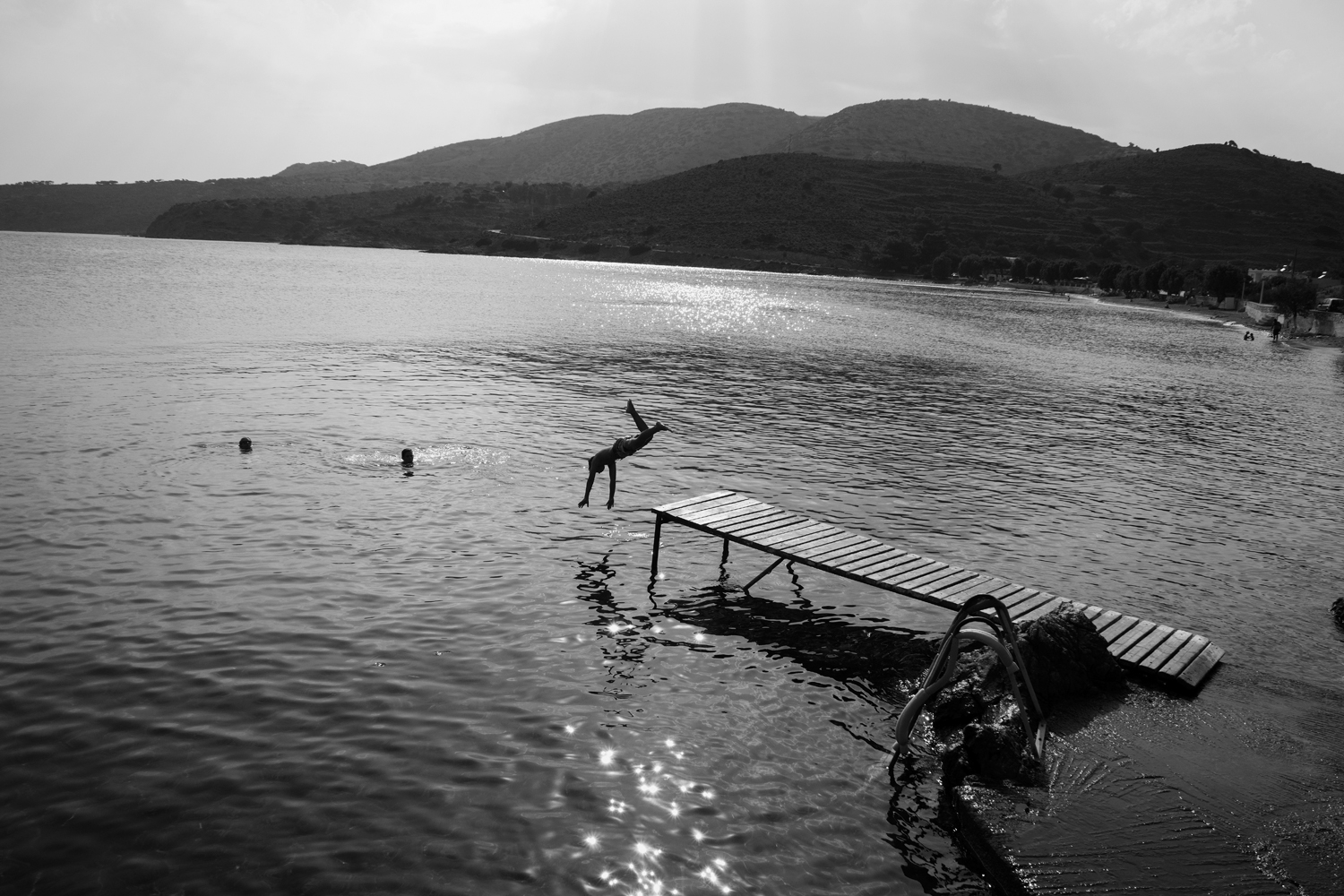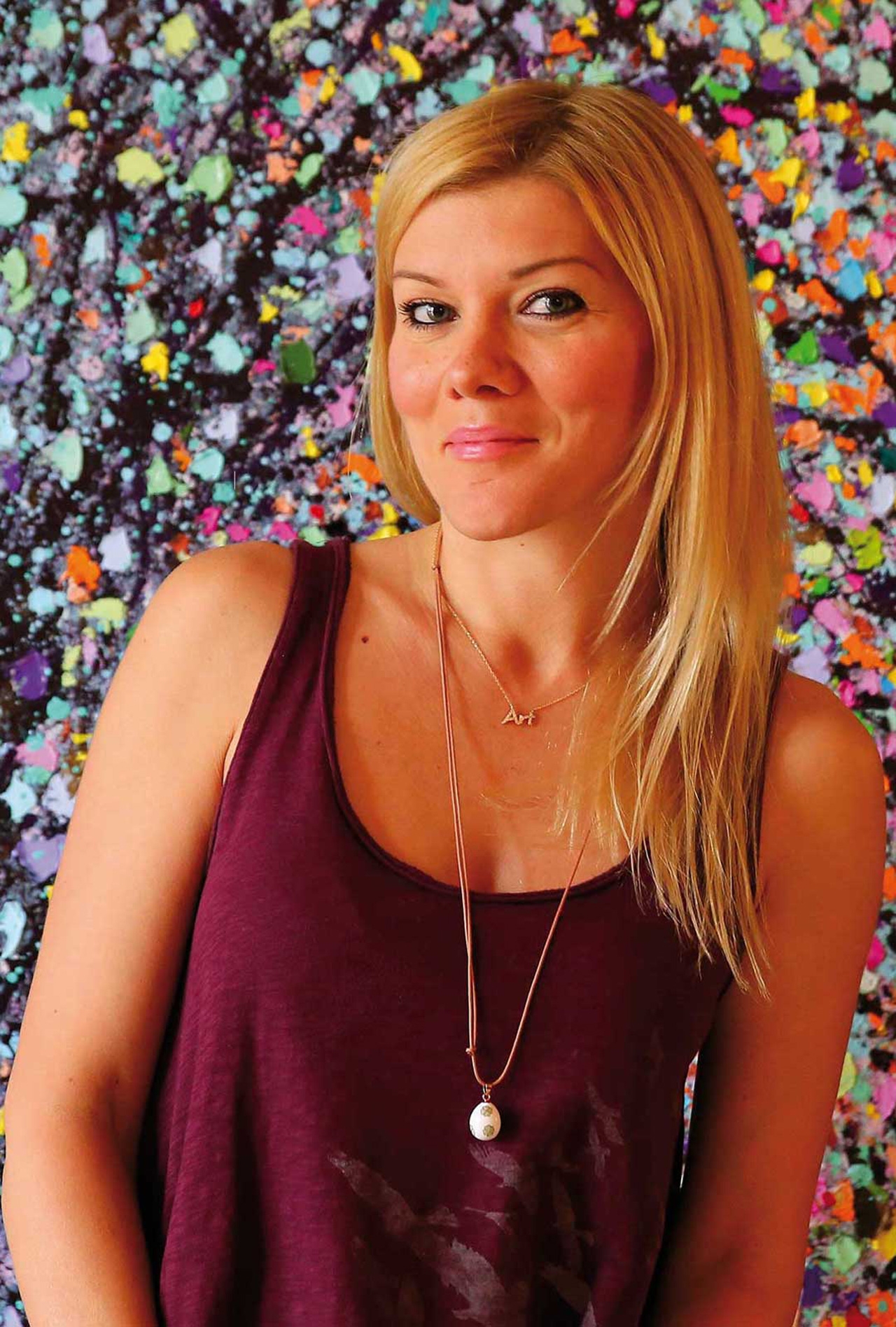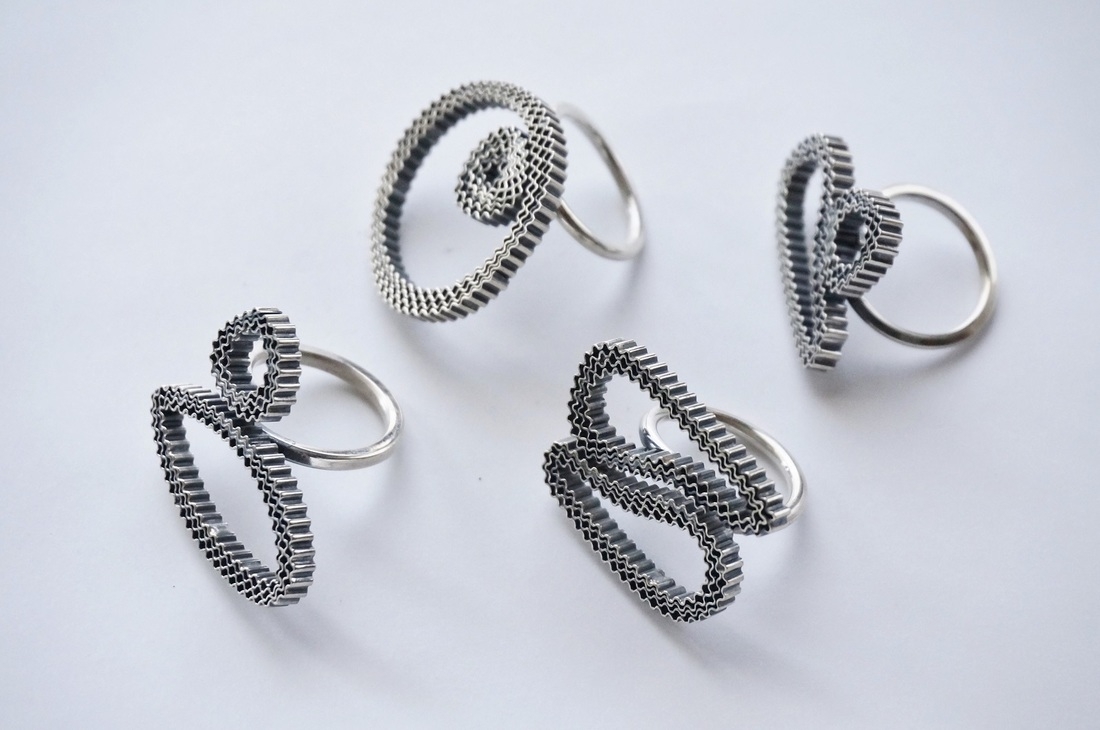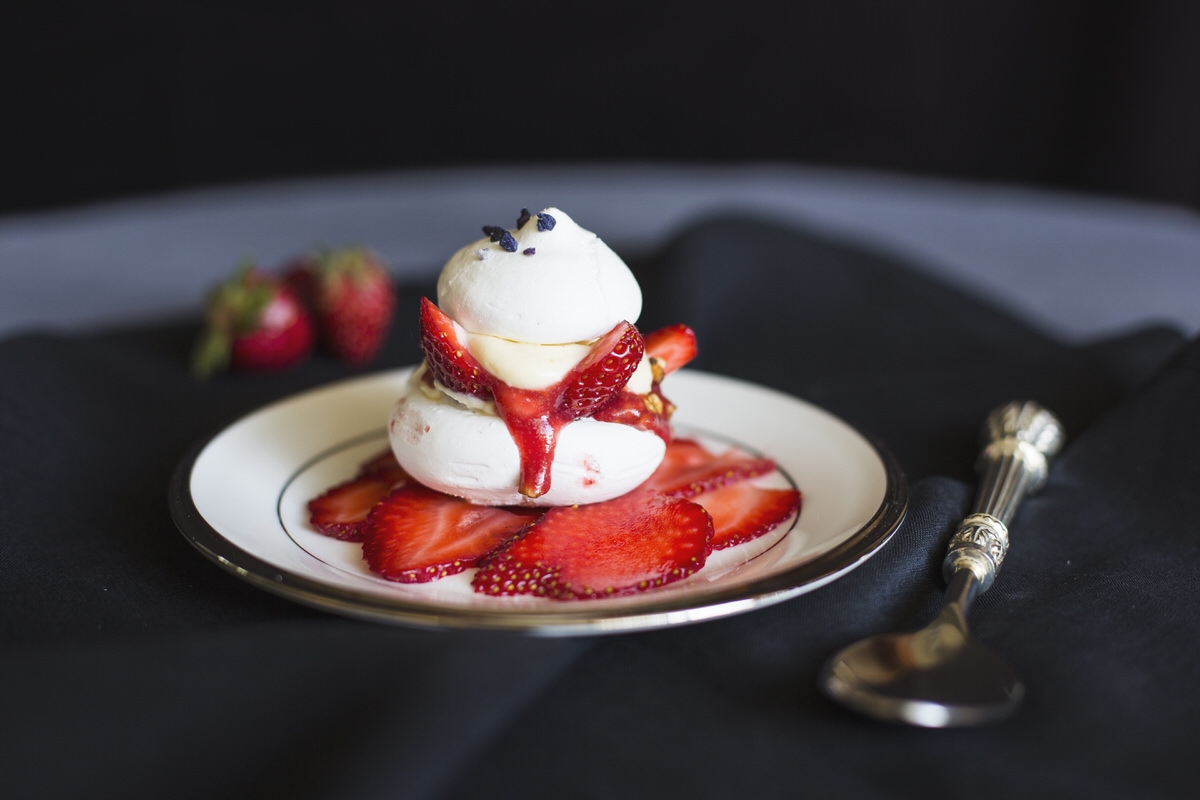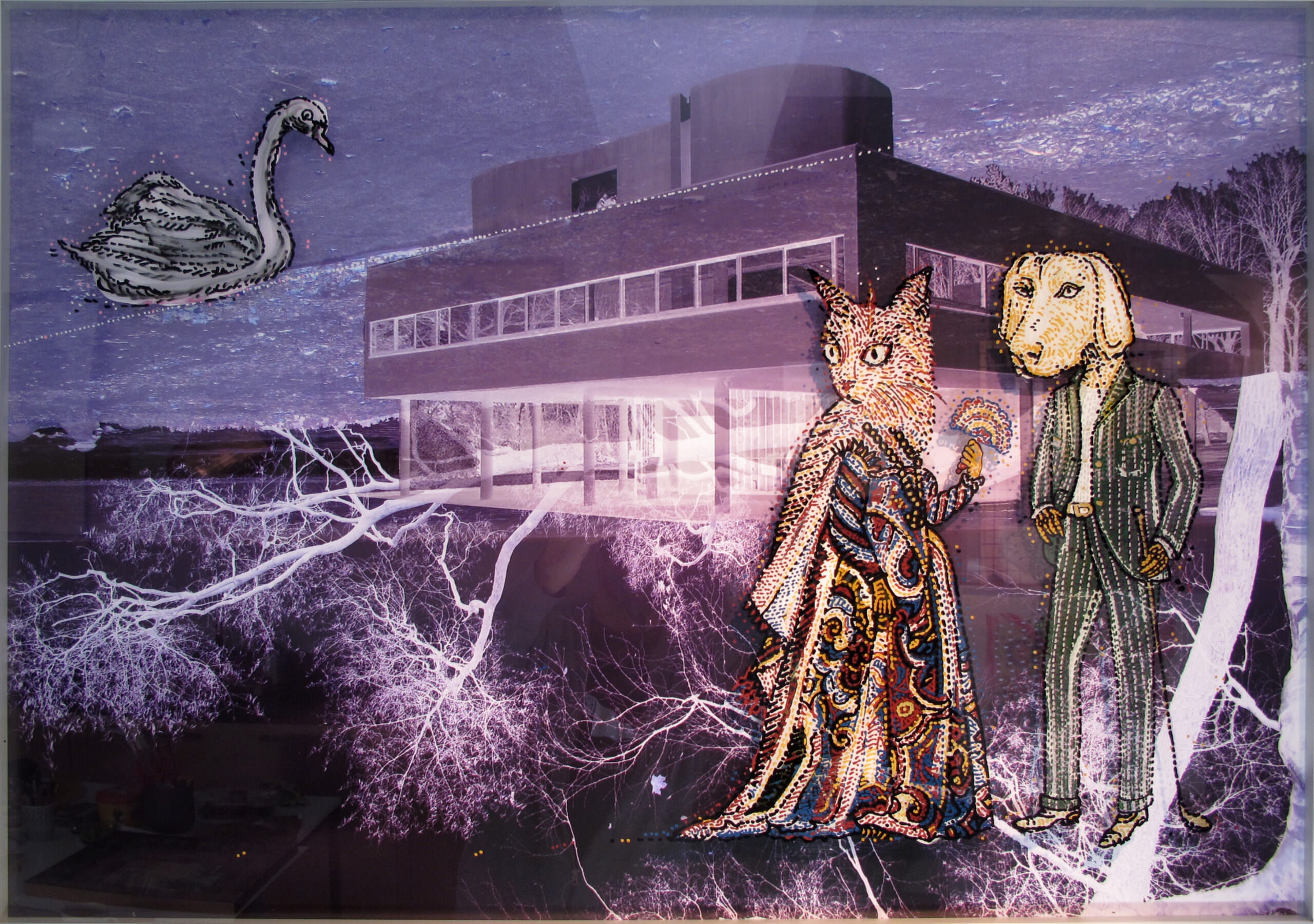Born in Crete, she lives and works in Athens. The artist is shaping her artistic practice in a creative interplay between the contexts of contemporary reality and tradition.
She studied (2017-2024) at the Athens School of Fine Arts (A.S.F.A.), B’Lab Sculpture under professor Nikos Charalampidis, and graduated from H’ Lab Painting under professor Zafos Xagoraris.
She studied (1999- 2005) silversmith and jewelry design, fine art restoration and weaving and has ever since been active in the field of Fine Art jewelry, creating microsculpture artworks. Her work has been showcased in theatre plays and galleries and she has also cooperated with one of the prominent Greek jewelry houses (Kessaris).
Since 2007 she has actively participated in many group shows in both Greece and abroad.
Her works are part of various museum collections such as the Peloponnesian Folklore Foundation (P.F.F), the Ilias Lalaounis Jewelry Museum (I.L.J.M) collection, the Heraklion Museum of Fine Arts, as well as private collections such as Romeo Gigli’s etc.
Since 2006 she’s been actively involved in the project entitled “Synchronal Amphiaria” (a university of Crete spin-off) whose aim is to promote interdisciplinary collaboration between art and science.
ktismata / structures, 2024 in Zoumboulakis Gallery is her first solo exhibition.
Zoumboulakis Gallery presented Voula Karampatzaki’ s first solo show titled “structures”.
The installation on show consists of sculptures, cardboard structured of various sizes as well as wall-mounted artworks.
Seemingly timeless works were dispersed in a non-space. Her structures were initially created in a spontaneous and instinctive manner.
Soon after, human construction was quickly identified as one of human’s most basic needs: protection. Within that context, these structures protect people from man himself and nature while at the same time protecting nature (artificial lakes, dry stonewalls), plants, animals and gods.
Through her work, Karampatzaki also highlights her concerns on the evolution of traditional/folklore art, the position of handcraft today, changes due to artificial intelligence, the interplay between architecture and natural landscape, myth and religion, the aesthetic value of materiality, collective memory but mainly as the artist points out “how all the above seem to unconsciously function within the realm of discovering our inner self as well as how we relate to the world”.
The artist’s structures (temples, altars, monasteries, lighthouses, columns etc.) seemingly exist in an ever-changing state, either being driven towards their erection or towards their decay.
The use of two different types of cardboard became her artistic language expressing the artist’s concerns. Materiality is transformed into something sacred, almost metaphysical.

